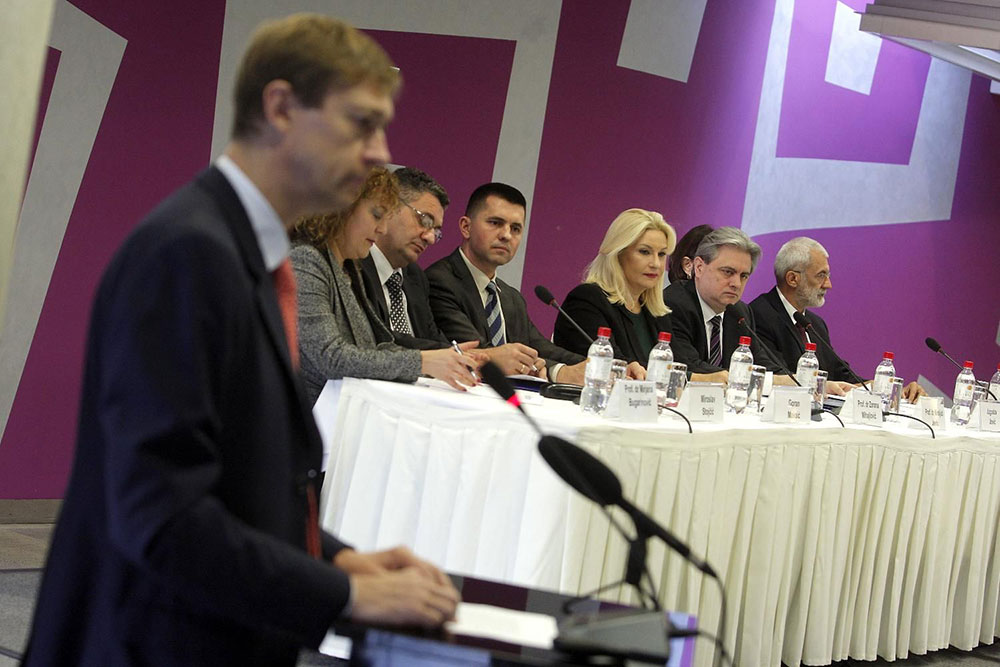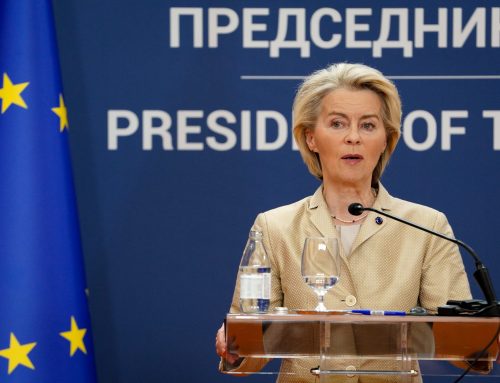Deputy Head of EU Delegation to Serbia Oskar Benedikt said the EU was very supportive of efforts made by Serbian Government to restructure railroads in Serbia. Benedikt said that the EU and World Bank provided technical assistance in drafting of restructuring plan, whereas the Union also provided EUR2 million for the implementation of reforms within IPA 2014 budget.
Addressing the third international conference “Rail Infrastructure in the Region”, organised by Balkan Magazine, Benedikt said that division of Serbian Railways into three different companies (Srbija kargo, Srbija voz and Serbian Railways Infrastructure) was a good thing, but it was merely the first step towards successful restructuring because EU practices should be applied better in that process.
He said that competition would bring benefits to everyone, but in order to make it so, track access charges should be defined as well as capacities for licensed companies. One of the reasons it is necessary to strengthen railroads in Europe as an efficient means of transport is because it is the most eco-friendly one, Oskar Benedikt said.
Minister of Construction, Transport and Infrastructure Zorana Mihajlovic said that rail traffic was a top priority for Serbian Government which is why it put to work many loans signed in the past ten years. According to her, the goal is to increase the share of rail traffic in Serbia from 30 to 50 per cent by 2025. She said that more than 100 kilometres of rail tracks should be modernised in 2015, noting that so far, 45 kilometres had already been upgraded.
Mihajlovic said that in 2014, Serbia “jumped from 102 to 87 position by the quality of railroad infrastructure worldwide, above all thanks to investments and loans. Right now it is important to try and achieve average train speed of 120 km/h” and announced introduction of Stadler trains and Russian locomotives.
Minister Mihajlovic said that she expected the signature of agreement on upgrading Belgrade-Budapest railway in November.




